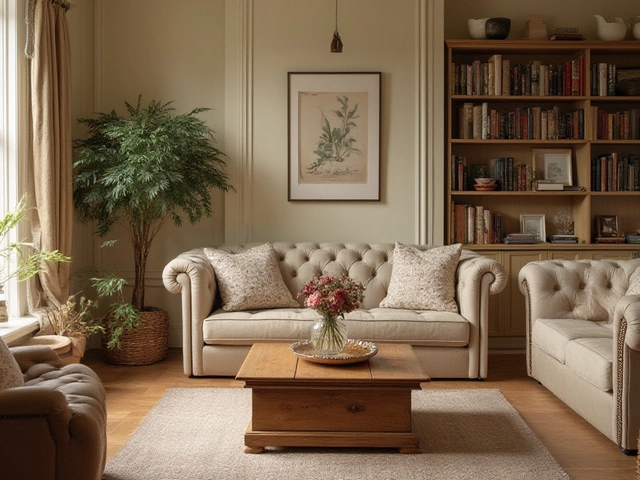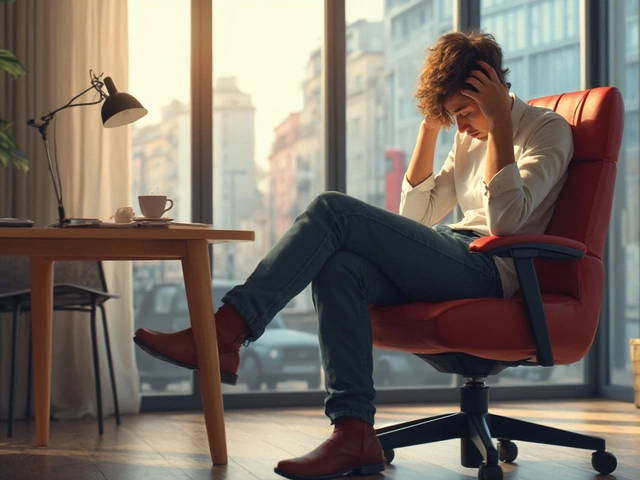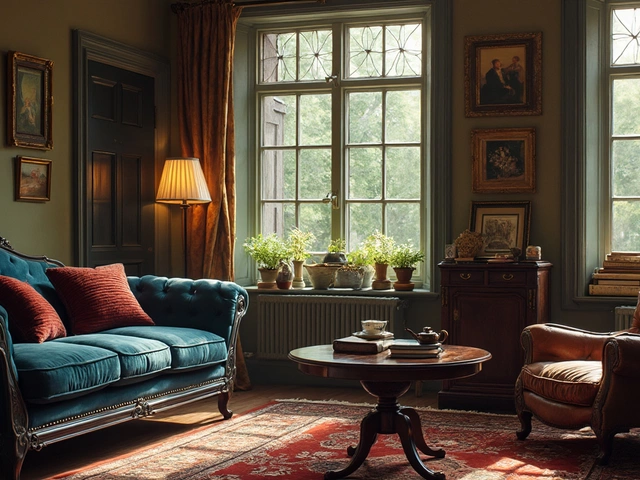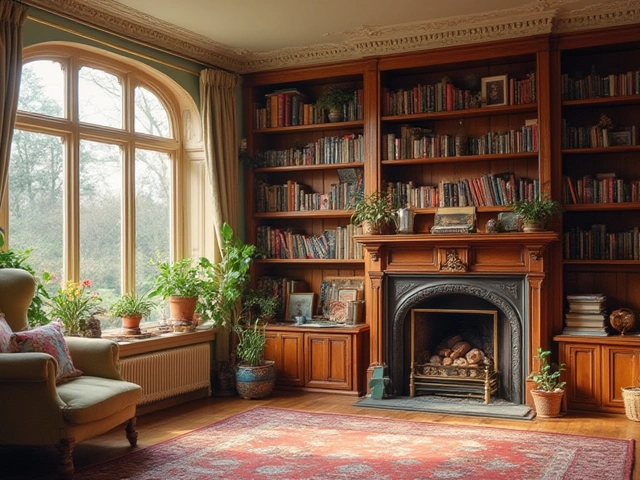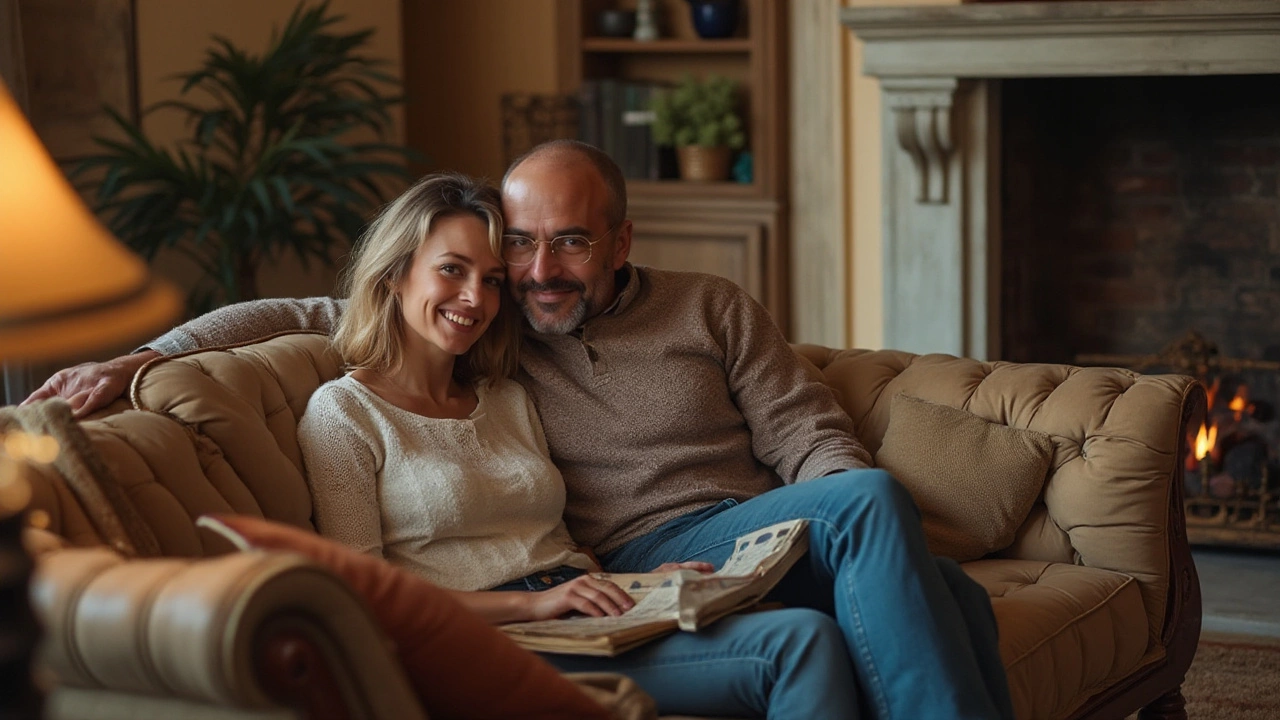 13
Jan,2025
13
Jan,2025
Sofas are a centerpiece in our homes, providing comfort while often serving as a focal point in living spaces. With an array of options, from bargain finds to luxury investments, one might wonder if the price tag reflects quality and longevity. Is splurging on an expensive couch always justified?
In this exploration, we delve into what makes certain sofas last longer, focusing on materials and craftsmanship. We'll also look at the importance of consumer feedback and offer pointers on ensuring your chosen furniture stands the test of time. Let's take a closer look at whether the extra dollars truly translate to enduring comfort and style in your living room.
Materials Matter
When it comes to sofa durability, the choice of materials speaks volumes. A well-made couch often hinges on high-quality materials that can withstand the test of time. Hardwood frames, such as oak or maple, are known for their robust nature and longevity, unlike their softer wood counterparts. Kiln-dried wood is particularly beneficial, as this process eliminates moisture and prevents warping, ensuring that the structure remains intact for years.
The upholstery fabric is another pivotal consideration. Natural fibers like leather and cotton have been praised for their resilience and timeless appeal. Leather, for instance, although pricier, offers durability and a classic look if maintained correctly. It’s a favorite for those who seek a combination of elegance and utility. On the other hand, tightly woven fabrics, including tweed and microfiber, provide remarkable resistance to wear and stains, making them ideal for households with pets or children.
The choice of cushioning can also affect how long your furniture lasts. High-density foam is often recommended for its excellent balance of support and comfort. Memory foam and down fillings might offer luxurious comfort but often at the expense of longevity, making foam a superior choice for durability-focused buyers. It's crucial to understand the fill as it relates directly to seat wear and tear. Some manufacturers blend foam with feather coatings, achieving both comfort and resiliency.
There’s also a growing trend toward eco-friendly fabrics that offer durability without compromising on style or environmental impact. In recent years, materials such as recycled polyester from plastic bottles have emerged, boasting strength and stain resistance. These materials offer an ethical alternative without sacrificing quality, appealing to the environmentally conscious consumer.
In the words of furniture expert Jonathan Werner,
"Investing in a couch with quality materials is like building a house on a solid foundation. You may pay more initially, but it tends to serve you longer and better."His insight highlights the correlation between the initial cost and long-term savings, showcasing why spending more upfront for better materials can ultimately be a wiser financial decision. When the different aspects of materials are considered, they collectively contribute to the durability and appeal of the sofa, making it a valuable investment over time.
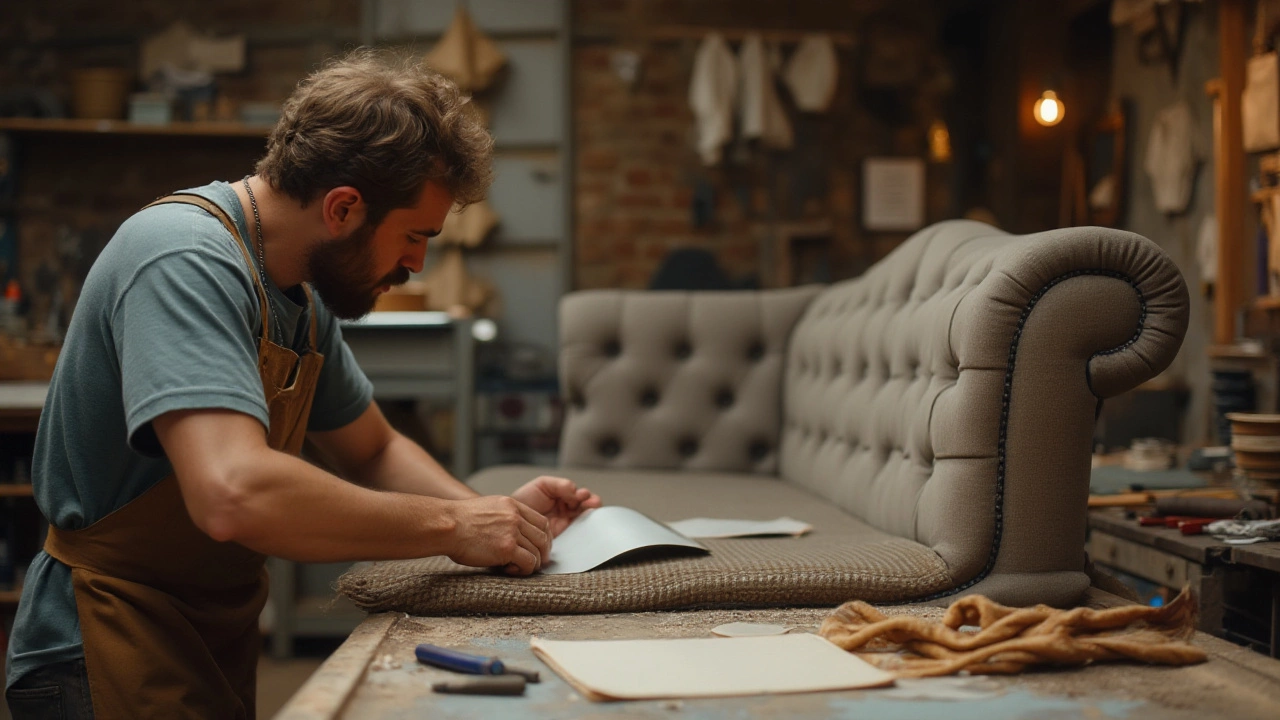
Craftsmanship and Design
When it comes to securing a quality couch, the craftsmanship and design play pivotal roles in determining how long your sofa will last and how well it will serve you. In the world of furniture, craftsmanship can often be the defining line between a piece of art and a mere functional item. A well-crafted sofa is not just assembled; it's lovingly constructed using precise techniques that have often been passed down through generations. The attention to detail found in the joints, the sturdiness of the frame, and even the smooth feel of the fabric are all testament to its quality.
Let's begin with the frame, the skeleton of your sofa. The best frames are typically made of hardwoods, such as kiln-dried oak, maple, or poplar, which can withstand the test of time and frequent use. Kiln drying removes moisture from the wood, preventing warping and cracking over time, which is crucial for a piece that is meant to last for decades. Joint construction is another critical aspect—dowels, corner blocks, and reinforcements all contribute to the durability of the frame. In comparison, couches with particleboard or softwood frames are more susceptible to damage and often have shorter lifespans.
Detail in Design
Design goes beyond aesthetics; it's about functionality, ergonomics, and innovation. For instance, well-designed cushions not only offer ample support for the body but are often reversible, which extends their life. A good cushion typically has high-density foam wrapped in layers of other materials that provide both softness and support. Upholstery, on the other hand, speaks volumes about the quality. Fabrics should resist wear and maintain color, and many luxury brands offer upholstery with stain-resistant treatments to ease maintenance concerns. Leather, a classic choice, is valued for its durability and ability to age gracefully if cared for properly.
Moreover, attention to design detail can significantly impact the longevity and aesthetic appeal of a sofa. As noted by interior design expert Emily Henderson,
"Craftsmanship in furniture is akin to an artist's signature. It reflects skill and passion, ensuring the piece transcends being just a couch to become part of your home's story."This principle holds particularly true when examining the final touches that define a well-designed sofa.
The world of high-end sofas often includes pieces that are handcrafted, making each one unique. Artisans leverage traditional techniques alongside modern innovations to create sofas that are not only beautiful but also sustainable. In some cases, these pieces can become family heirlooms, testament to their enduring construction and timeless design.
Lastly, one must consider how craftsmanship meets innovation in the realm of high technology. Today’s craftsmen use computer-aided design to plan the most intricate details of a sofa, ensuring every curve and line meets the expectations of discerning customers. With the ongoing advances in technology, craftsmanship continues to evolve, allowing for even more precise and personalized creations. Maintaining an eye for both detail and innovation ensures that an investment in a long-lasting furniture piece is a decision well made.
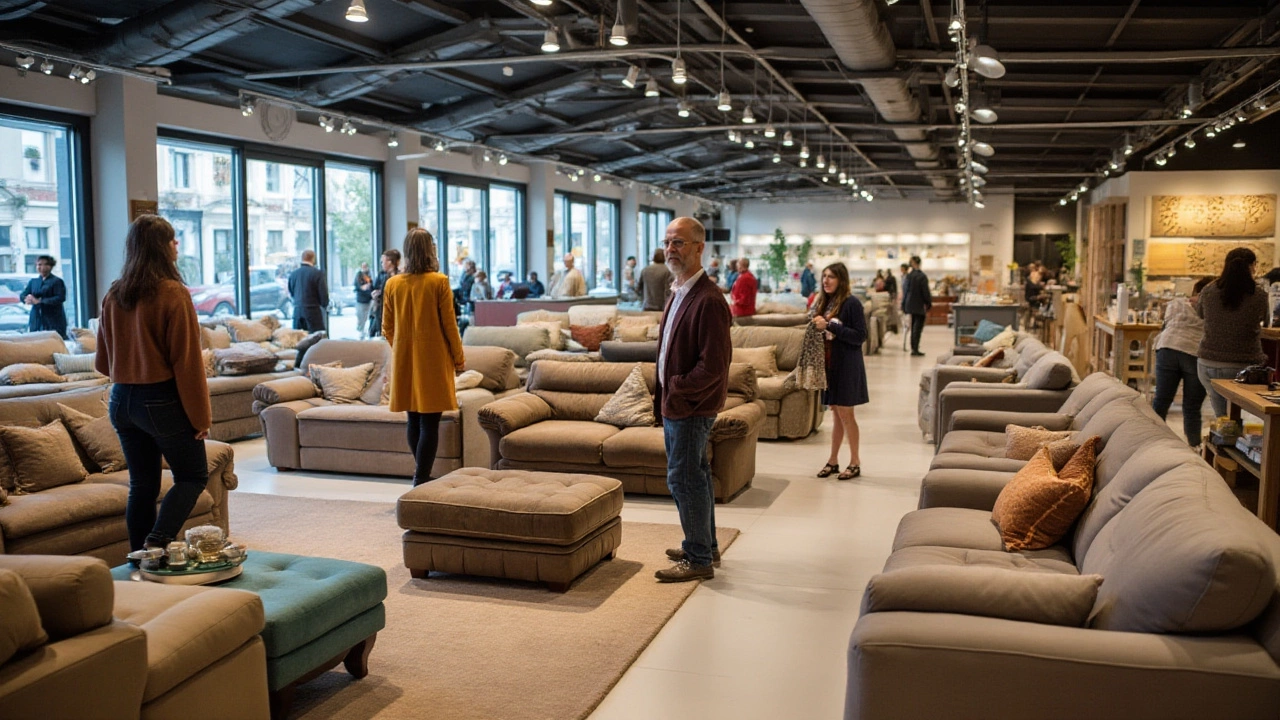
Consumer Experiences
When it comes to buying a sofa, understanding consumer experiences is crucial. Over the years, people have shared their insights and stories about purchasing sofas, highlighting what truly matters and what turns out to be just marketing fluff. You might hear from someone who bought a hefty quality couch that, at first glance, seemed too expensive, but lasted through a decade of family gatherings, movie nights, and snooze-worthy afternoons. Such experiences suggest that sometimes, the extra cost does bring lasting comfort and style.
One of the strongest voices in this discussion comes from interior designers and home enthusiasts who champion investing wisely in key furniture pieces. "Investing in a quality sofa is similar to buying a good mattress," says Paul Bishop, a respected interior designer.
"You spend countless hours on it, so you must ensure it offers both durability and comfort over time."This notion is reflected in several consumer reports where the lifespan of a sofa is often directly linked to its price. People have noted that cheaper options might wear out within a couple of years, with cushions losing their shape and frames becoming unstable. On the flip side, a well-made sofa often still looks good as new several years into ownership.
It is worth understanding the role that online reviews play in shaping consumer perceptions too. Platforms like Trustpilot and Consumer Affairs are quick to shine light on products that either surpassed or failed to meet expectations. Savvy buyers sift through reviews to uncover truths about a sofa's quality, noting recurring praises or complaints. A common theme that emerges is the appreciation for brands that offer warranties, as they provide a safety net and attest to the furniture's durability claims. Customer service and post-purchase care also weigh heavily in these experiences, painting a broader picture of the brand's commitment to quality and customer satisfaction.
Surprisingly, user reviews also underscore the point that personal preference heavily influences the perceived value of a sofa. Some people weigh aesthetics and trendy designs more heavily, while others look for timelessness and resilience. This diversity in preferences illustrates that while luxury sofas might offer extensive durability, their worth is often subjective and tied to individual lifestyle needs and expectations. A family with young kids might prioritize stain-resistant fabric and sturdy construction over a cutting-edge design, while an avid interior design enthusiast may value the aesthetic statement a high-end couch makes in the living space.
Moreover, surveys frequently reveal how buyers have turned to cost-effective alternatives like sales and outlet stores to stretch their budget while still attaining a sofa that feels premium without the hefty price. Many have successfully incorporated thrifted or second-hand finds into their homes with the help of some DIY refinishing, dispelling the myth that only new luxury items can offer longevity and style. These stories provide a reassuring outlook for those worried about balancing quality and cost.
In summary, listening to consumer experiences illuminates the real value of more costly sofas. While a higher price point often signifies durability and comfort, the ultimate decision should reflect your personal preferences and financial situation. Remember, the joy of owning a sofa lies not just in how much it costs, but in how well it fits into and enriches your daily life.
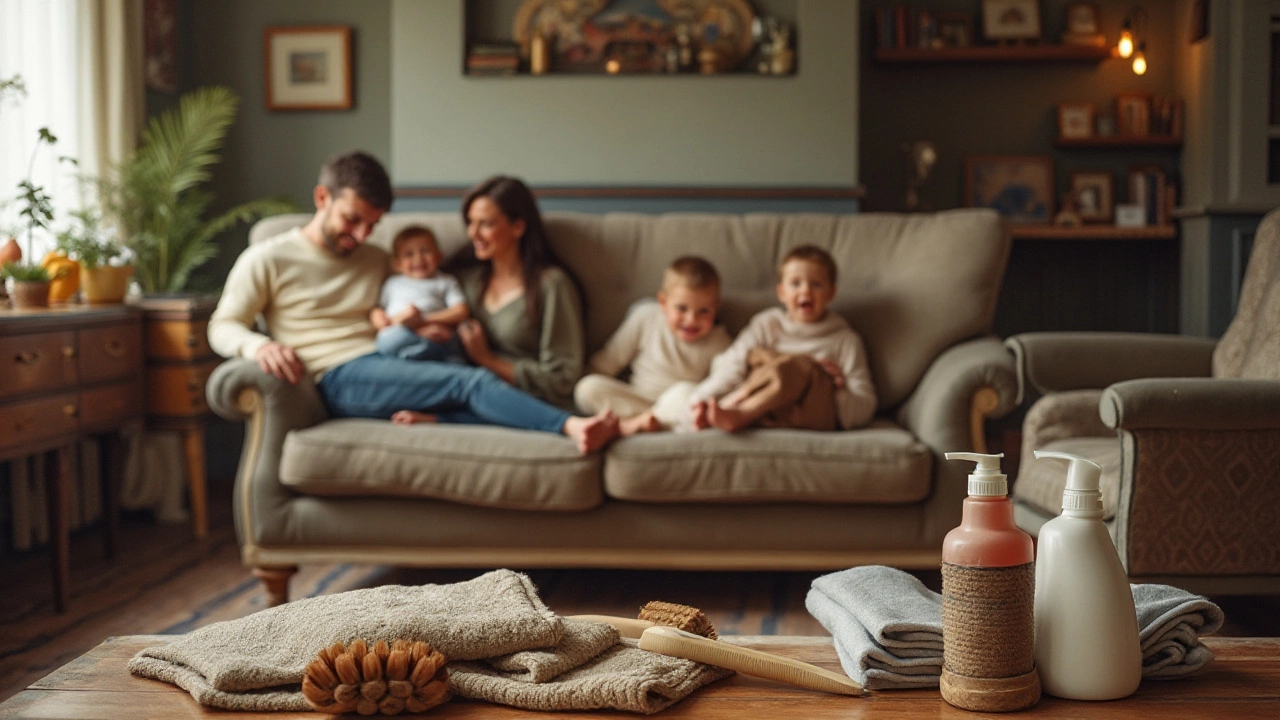
Caring for Your Sofa
Taking care of your sofa is a task as crucial as choosing the right piece, determining how long it will remain the plush oasis you need at the end of a long day. While many elements may influence the longevity of a couch, proper maintenance undoubtedly tops the list. Whether you have invested in a quality couch or a budget-friendly option, the right care and attention can make a world of difference.
The first thing to remember is the role of regular cleaning in maintaining your furniture's beauty. Vacuum your sofa using a soft brush attachment at least once a week. This helps remove surface dust and crumbs that inevitably find their way into nooks and crannies. Pay special attention to the areas under cushions, where dirt tends to accumulate. For those with pets, consider investing in a vacuum designed for pet hair to better manage shedding.
Another vital aspect is protecting your sofa from the elements. Exposure to direct sunlight can cause many upholstery fabrics to fade and even weaken over time. Try to place your sofa in a way that minimizes direct sunlight exposure, or use curtains or blinds during the brightest times of the day. Similarly, if you have leather sofas, keep them away from heat sources such as radiators and fireplaces to avoid cracking and drying out.
It’s also important to follow specific care instructions provided by the manufacturer. Each material has unique needs; fabrics like microfiber might require particular cleaning solutions, whereas leather might benefit from periodic conditioning. Making sure you understand these requirements can improve the sofa’s lifespan significantly. As William Richardson, a recognized expert in upholstery care, often says,
"The longevity of your furniture is more about daily habits than its initial cost."
For those spills that happen despite our best efforts, quick action is key to maintain pristine condition. Blot spills immediately with a clean, dry cloth rather than rubbing. For stains, using warm water with mild soap can often do wonders, but always test cleaner on an inconspicuous area first. With delicate materials, professional cleaning once a year can keep that high-end look intact.
Finally, consider implementing some preventative measures. Using slipcovers can add a layer of protection, especially in high-traffic areas or homes with children and pets. Rotating seat cushions regularly can also help distribute wear evenly, preserving the sofa’s shape and appearance longer. Every small effort compounds into years of extended service from your home’s centerpiecefurniture.

